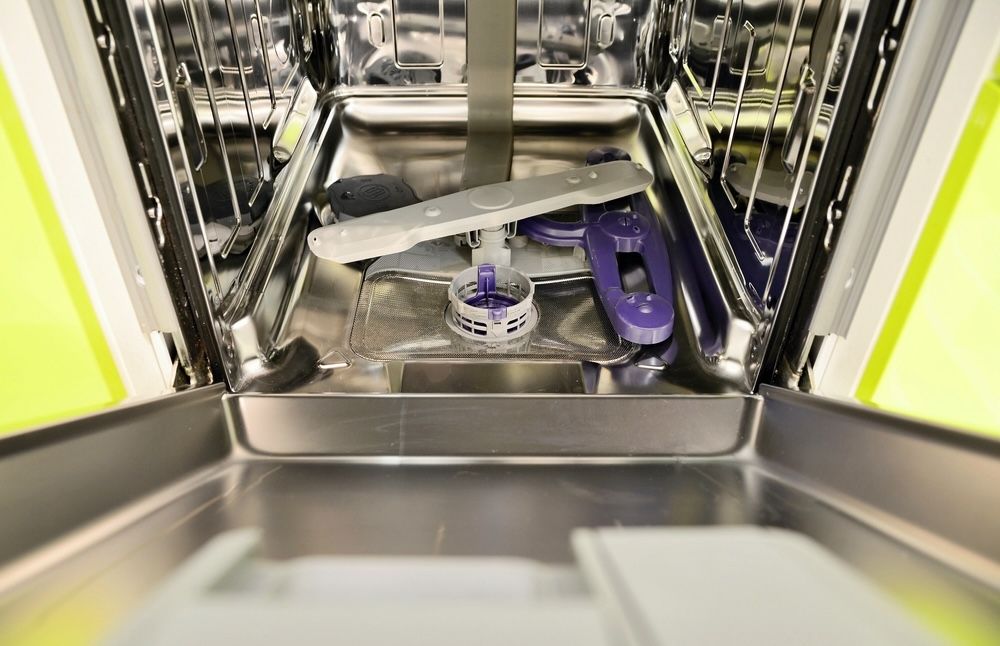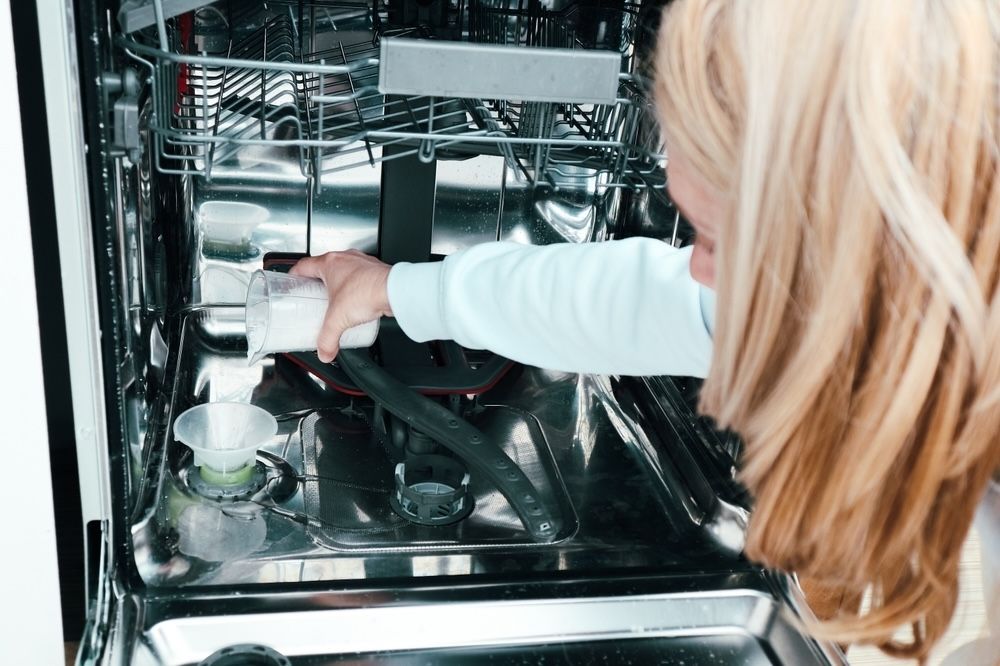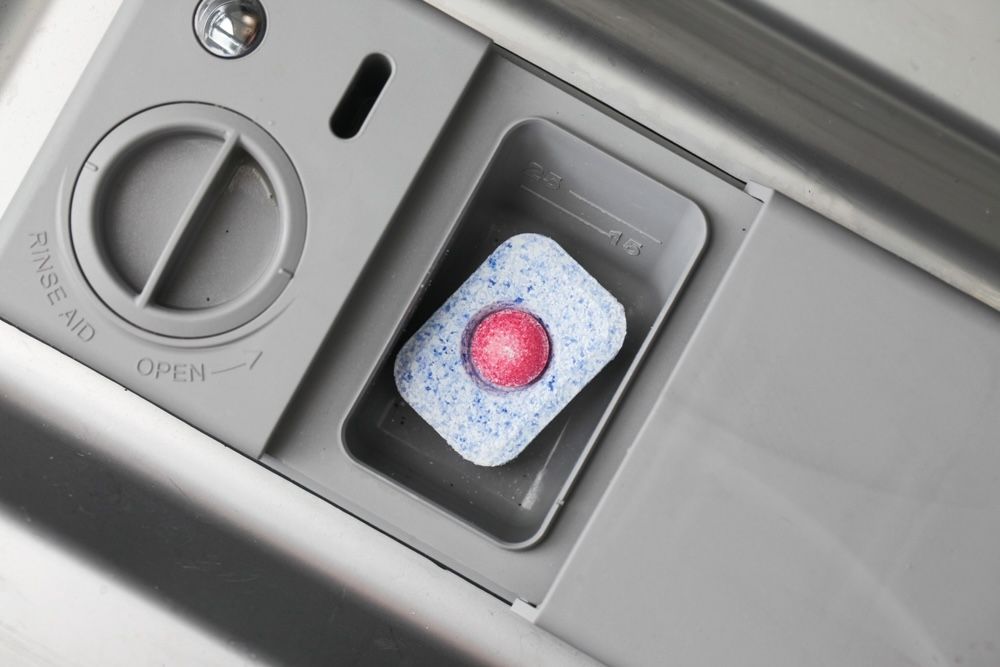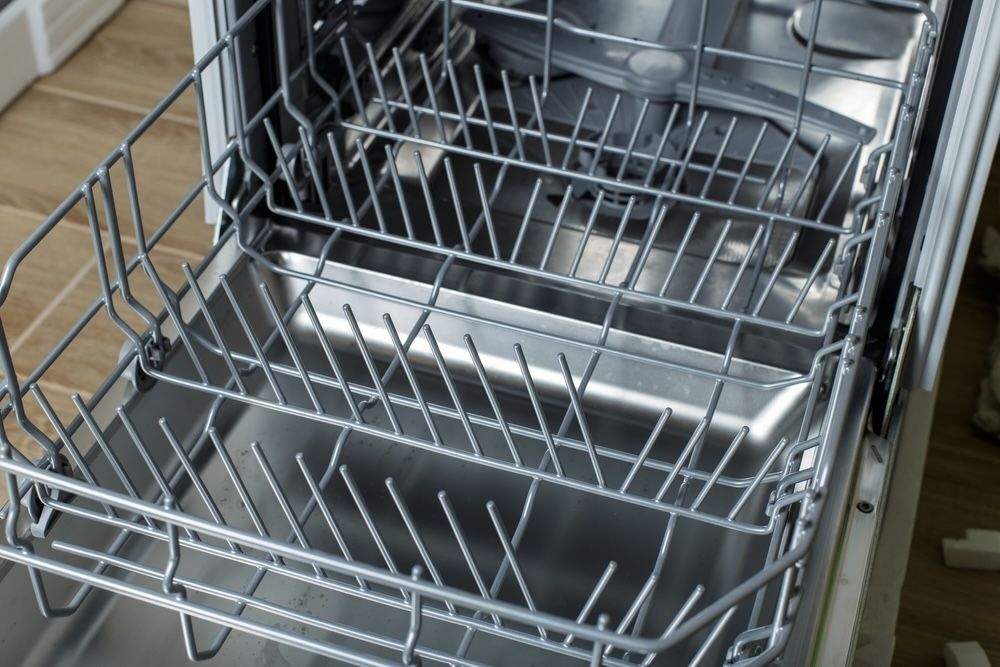Keeping Your Dishwasher in Top Shape: Essential Maintenance Tips

The dishwasher is a vital appliance in many households, significantly easing the burden of daily dishwashing. However, to keep it running efficiently and prolong its lifespan, regular maintenance is crucial. Dishwashers are subjected to heavy use, dealing with stubborn food residues and grease daily. Without proper care, their efficiency can drop, leading to inadequate cleaning and potential damage. In this article, we will delve into essential tips for maintaining your dishwasher, ensuring it performs optimally and remains in good condition. These tips are designed to be simple yet effective, helping you avoid costly repairs and maintain a hygienic kitchen environment.
Understanding Your Dishwasher’s Components
Before diving into maintenance tips, it’s helpful to understand the key components of your dishwasher:
Spray Arms: Distribute water to clean the dishes.
Filter: Traps food particles and debris.
Racks: Hold the dishes in place.
Detergent Dispenser: Releases detergent at the appropriate time.
Seals and Gaskets: Prevent water from leaking out of the dishwasher.
Your dishwasher is a complex machine, and understanding its main parts can help you troubleshoot and maintain it better. The spray arms, located at the bottom and sometimes in the middle of the unit, rotate to distribute water evenly across all dishes. The filter, often overlooked, plays a crucial role in trapping food particles, preventing them from redepositing on your clean dishes. The racks are designed to hold your dishes securely, preventing them from clattering during the wash cycle. The detergent dispenser ensures the right amount of detergent is released at the right time for optimal cleaning. Seals and gaskets are essential for keeping the water inside the dishwasher, preventing leaks that could damage your kitchen floor.
1. Regular Cleaning of Spray Arms
Over time, spray arms can become clogged with food particles and mineral deposits, reducing their efficiency. Here's how to clean them:
Remove the spray arms: Most models allow you to unscrew or unclip the spray arms easily.
Clean the holes: Use a toothpick or a small brush to clear any blockages.
Rinse thoroughly: Ensure all debris is removed before reattaching the spray arms.
Spray arms are the heart of your dishwasher's cleaning power. If they are clogged, the water pressure and distribution can be significantly affected, leading to poorly cleaned dishes. Removing the spray arms for a thorough cleaning is a straightforward process. Most dishwashers have easy-to-remove spray arms that you can unscrew or unclip. Once removed, inspect each hole for blockages. Food particles, especially small seeds and grains, can easily get stuck in these tiny holes. Using a toothpick or a small brush, carefully remove any debris. Rinsing the spray arms under running water ensures all the loosened particles are washed away. Reattaching the spray arms correctly is crucial to ensure they spin freely and distribute water effectively during the wash cycle.

2. Cleaning the Filter
A clogged filter can cause poor cleaning performance and bad odors. Follow these steps to clean it:
Locate the filter: Typically found at the bottom of the dishwasher.
Remove and rinse: Take out the filter and rinse it under running water. Use a soft brush if necessary.
Reinstall: Make sure the filter is securely in place before running the dishwasher again.
The filter is a critical component in preventing food particles from redepositing on your dishes. A dirty filter can lead to poor cleaning results and unpleasant odors emanating from your dishwasher. To clean the filter, first, locate it at the bottom of your dishwasher. Most filters are designed to be easily removed without the need for tools. Once removed, rinse it thoroughly under running water to remove food particles and grease. If necessary, use a soft brush to scrub away any stubborn debris. It’s important to ensure the filter is completely clean before reinstalling it. A securely placed filter will help maintain the efficiency of your dishwasher, ensuring that your dishes come out clean and odor-free.

3. Descaling the Dishwasher
Mineral deposits from hard water can build up inside your dishwasher. Descaling helps remove these deposits:
Use a commercial descaler: Follow the instructions on the product label.
Vinegar method: Place a cup of white vinegar in a dishwasher-safe container on the top rack and run a hot water cycle without any dishes.
Hard water contains minerals like calcium and magnesium, which can leave deposits inside your dishwasher. Over time, these mineral deposits can clog the water lines and reduce the efficiency of your dishwasher. Descaling is an essential maintenance task to prevent this buildup. Using a commercial descaler is a highly effective method; just follow the instructions on the product label for best results. Alternatively, you can use white vinegar, a natural descaling agent. Place a cup of white vinegar in a dishwasher-safe container on the top rack and run a hot water cycle without any dishes. This will help dissolve the mineral deposits and leave your dishwasher clean and fresh. Regular descaling ensures your dishwasher runs smoothly and efficiently, especially in areas with hard water.

4. Inspecting and Cleaning Seals and Gaskets
Seals and gaskets can collect food particles and develop mold. Regular cleaning prevents this:
Wipe down: Use a damp cloth and a mild detergent to wipe the seals and gaskets.
Check for damage: Replace any seals that appear cracked or worn out to prevent leaks.
Seals and gaskets play a vital role in keeping water inside your dishwasher and preventing leaks. Over time, they can accumulate food particles, soap scum, and even mold, which can compromise their effectiveness. Regular inspection and cleaning of these components are crucial. To clean the seals and gaskets, use a damp cloth and a mild detergent. Carefully wipe down all the surfaces, paying special attention to the areas where food particles tend to accumulate. Regular cleaning prevents mold growth and ensures a tight seal. Additionally, inspect the seals and gaskets for any signs of damage, such as cracks or wear. If you notice any damage, replace the affected parts promptly to prevent water leaks that could damage your kitchen floor and cabinets.

5. Keeping the Interior Clean
Food particles and soap scum can accumulate inside your dishwasher, leading to unpleasant odors:
Run a cleaning cycle: Use a dishwasher cleaner or a cup of baking soda on the bottom rack and run an empty cycle with hot water.
Wipe the door and walls: Regularly clean the interior surfaces with a damp cloth.
Maintaining the cleanliness of the interior of your dishwasher is essential for its performance and longevity. Over time, food particles, soap scum, and grease can build up on the walls and door of your dishwasher, leading to unpleasant odors and potential mold growth. Running a cleaning cycle helps to remove these residues. You can use a commercial dishwasher cleaner or a cup of baking soda placed on the bottom rack. Running an empty cycle with hot water will help dissolve and wash away the buildup. Additionally, regularly wiping down the interior surfaces with a damp cloth ensures that any food particles or grease are removed promptly. This simple routine keeps your dishwasher clean, fresh, and efficient, ensuring your dishes come out sparkling every time.

6. Maintaining the Racks
Dishwasher racks can suffer from rust and wear over time:
Check for rust: If you notice rust spots, use a dishwasher rack repair kit to fix them.
Ensure proper alignment: Make sure the racks are aligned correctly to avoid damage to dishes and the dishwasher.
The racks in your dishwasher hold your dishes in place during the wash cycle. Over time, the racks can develop rust spots and wear, especially if the coating chips off. Rust can transfer to your dishes, and damaged racks can scratch or break your dishes. Regularly inspect the racks for any signs of rust or damage. If you notice rust spots, using a dishwasher rack repair kit can help fix them. These kits typically include a sealant and rust-resistant coating that you can apply to the affected areas. Additionally, ensure that the racks are properly aligned and seated in the dishwasher. Misaligned racks can cause the spray arms to hit them, leading to further damage. Proper maintenance of the racks ensures your dishwasher runs smoothly and your dishes remain safe and clean.

Endnotes
Regular maintenance of your dishwasher not only ensures it runs efficiently but also extends its lifespan. By following these tips, you can keep your dishwasher in top shape, providing you with sparkling clean dishes for years to come. Incorporate these practices into your routine and enjoy the convenience of a well-maintained dishwasher.
By dedicating a little time and effort to maintaining your dishwasher, you can prevent common issues, avoid costly repairs, and ensure that your appliance performs at its best. Whether it's cleaning the spray arms, descaling to remove mineral deposits, or ensuring the seals and gaskets are in good condition, each step plays a vital role in the overall health of your dishwasher. Keep these tips in mind, and you'll not only enhance the efficiency of your dishwasher but also prolong its life, making it a reliable companion in your kitchen for many years.
Topics
Check more articles on our blog

How To Clean An Espresso Machine? - Practical Tips

How to Clean and Maintain Your Coffee Grinder

How to Maintain Your Vacuum Cleaner for Peak Performance
